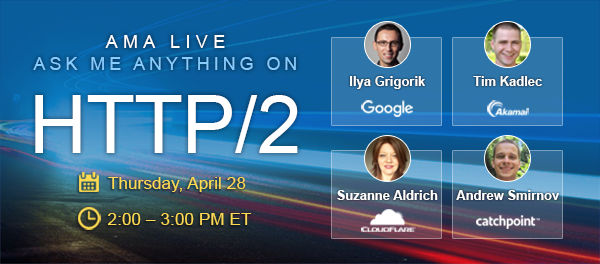Intel Does The Math On Broadwell Server Upgrades
The “Broadwell” generation of Xeon processors debuted a month ago, and now that the basic feeds and speeds are out there, customers are trying to figure out what to buy as they upgrade their systems and when to do it. This being a “tick” in the Intel chip cadence – meaning a shrink to smaller transistors instead of a “tock” rearchitecting of the Xeon core and the surrounding electronics – the Broadwell Xeons snap into existing “Haswell” systems and an upgrade is fairly straightforward for both system makers and their customers.
It all comes down to math about what to …
Intel Does The Math On Broadwell Server Upgrades was written by Timothy Prickett Morgan at The Next Platform.
 It plans to use more containers in the future.
It plans to use more containers in the future.


 New HPE report breaks down how a telco cloud can help generate new revenues. Read more.
New HPE report breaks down how a telco cloud can help generate new revenues. Read more. As promised, CoreOS melds Kubernetes and OpenStack.
As promised, CoreOS melds Kubernetes and OpenStack. A telco VNF isn't just another virtualized function.
A telco VNF isn't just another virtualized function.